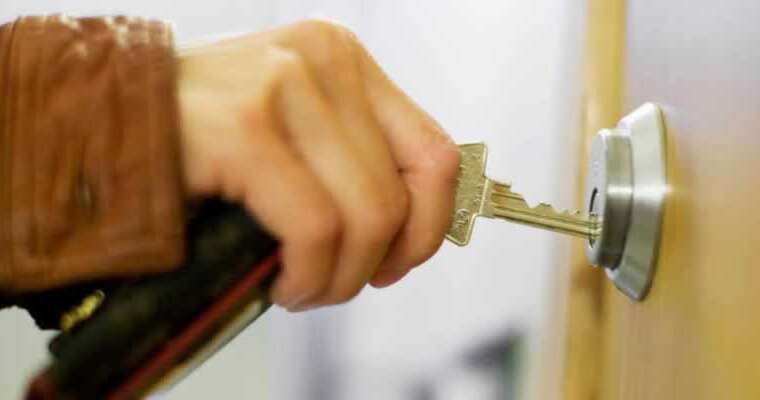Pools can be difficult to maintain. At least you spend at least 20 minutes a week scooping leaves and even longer making sure that the pH of the water is just right. While you can hire a professional to do these tasks, many homeowners recognize that upgrading to a salt water pool is a better option. Believe it or not, you don't have to replace your pool to change your water type. Instead, you can convert it!
You can expect the following during the renovation of the salt water pool:
Set a budget
Before you can start switching to a salt water pool, you need to figure out how much you want to spend on your system. Salt systems cost between a few hundred dollars and several thousand dollars. Think about how much you want to spend and how you want to pay for the conversion at all. Do you have any savings that you want to use for the project? Are you planning to write the purchase on a credit card?
Once you understand these things, you can decide how much money you really want to spend on your pool. Note that more expensive systems are not inherently better. They often only come with more bells and whistles. This makes it easy to fully adjust your water conditions, salinity and even chlorine production at the push of a button. Cheaper systems are usually more than sufficient for most homeowners and can last just as long with the right care and maintenance.
Choose between DIY and Professional Install
Before you can start converting the saltwater pool, you need to decide how you want to convert the pool. If you are good at electronics and have a good understanding of the inside of your pool, DIY installation is always an option. However, if you cannot easily install these complex systems, you should have the conversion done by a professional. This way you know that everything is installed correctly from the start.
Remember that many professionals require you to buy the conversion kits they sell. Always take the time to research your installer before committing to working with them. This way, you can compare options more effectively and find an installer that suits your needs.
Prepare your pool deck
Before you start the conversion process, you need to look at your pool deck and the types of materials that make it up. Unfortunately, salt water can be corrosive and cause metal parts to start rusting after frequent exposure. It can also lead to mineral deposits on the surface of your surface.
Natural and synthetic wooden boards will likely wear out quickly and you will need to reseal the deck several times a year. If you are concerned about structure and damage, you should convert your deck to a natural stone material. Click here to learn more about the benefits that Stein can offer your pool area.
Choose the right chlorinator
Even salt water pools use chlorine to keep the water clean and clear. However, they do this in a way that is safer than standard chlorine pools. The chlorinator makes it possible. The device separates chlorine from salt water and sends it to your pool. The bigger your pool, the bigger your chlorator needs to be. Find out how many liters of water your pool contains and choose a chlorinator that works with that water capacity.

Drain the pool or prepare the water
If you've used an antimicrobial chemical in addition to chlorine to keep your water clean, it's best to drain your pool and start with fresh water. The chemical can affect the effectiveness of the chlorator until the chemical burns out of the water. If you've only used chlorine to keep your water clean, you don't have to empty your pool. All you have to do is install the components and start the salt water conversion process. Emptying your pool has no advantage if you are just starting out with chlorinated water. Instead, give your pool a thorough cleaning. Scoop up all leaves and debris on the floor and clean the traps.
Add the salt
Once you have prepared the water, you can add the salt. The amount of salt you need depends on the size of your pool. However, you can buy pool salt from most local hardware stores or pool supply stores. Pour a few bags into each and stir the salt with your pool brush so that it can be worked into the water. Keep doing this until you have the right salt level for your pool.
Set up your system
Before you can get started, you need to get your system up and running and find out what settings need to be used to produce enough chlorine. Usually set your chlorinator to work at 50 percent for 24 hours. Then check the pH of your water. When the system reaches the correct pH, you can use your pool that day. However, if things still don't work, you'll need to repeat the process and retest the pH in another 24 hours. It may take some time to find the right setting. Once you've done this, you no longer have to worry about adding more chlorine every or every other week.
Is a salt water pool conversion for you?
A pool in your garden is a great way to keep your friends and family active in the warmer months, but it requires a lot of maintenance. Moving a saltwater pool can save you time, so you can focus on enjoying your pool without having to wait. If you're considering a conversion, do some research. Find the right system for your home and don't speed up the chlorination process. This way you get a pool that is easy to maintain and comfortable to use.
Are you looking for other helpful tips to simplify the maintenance of your pool and garden? Check out our latest posts.




